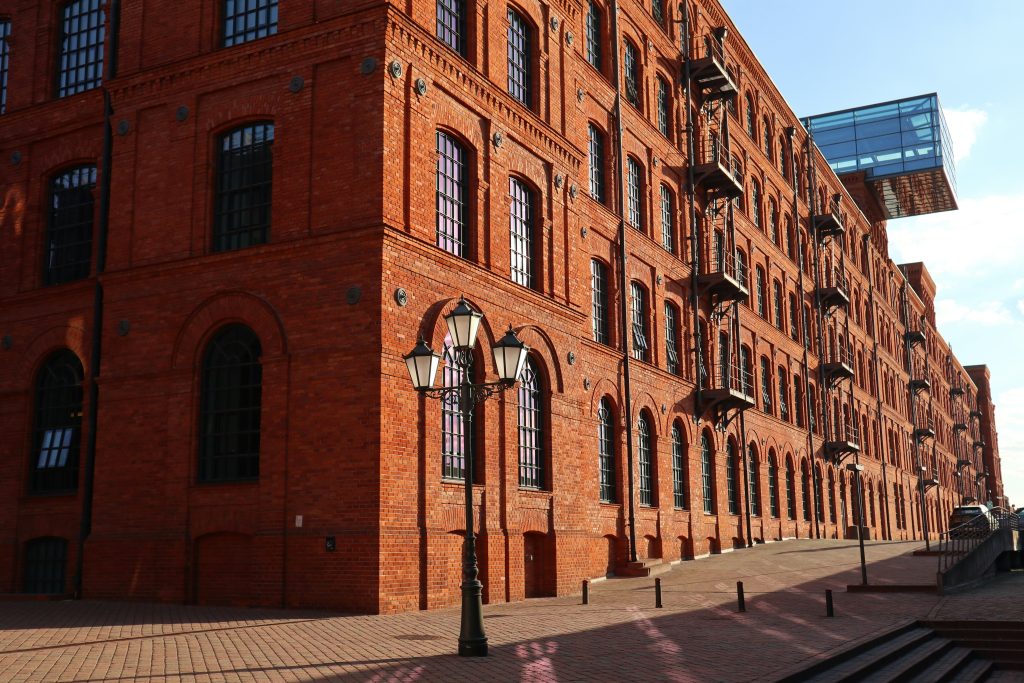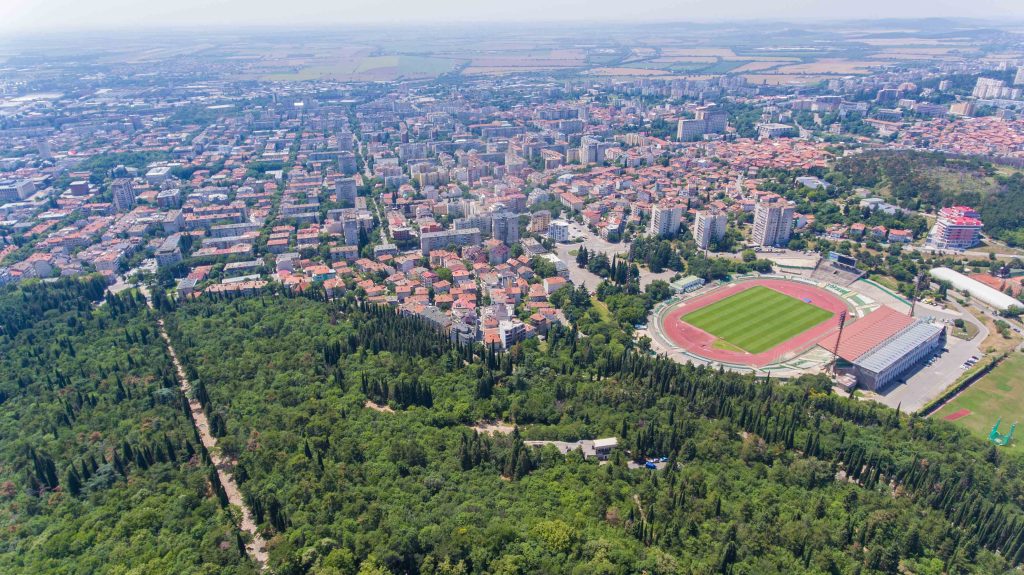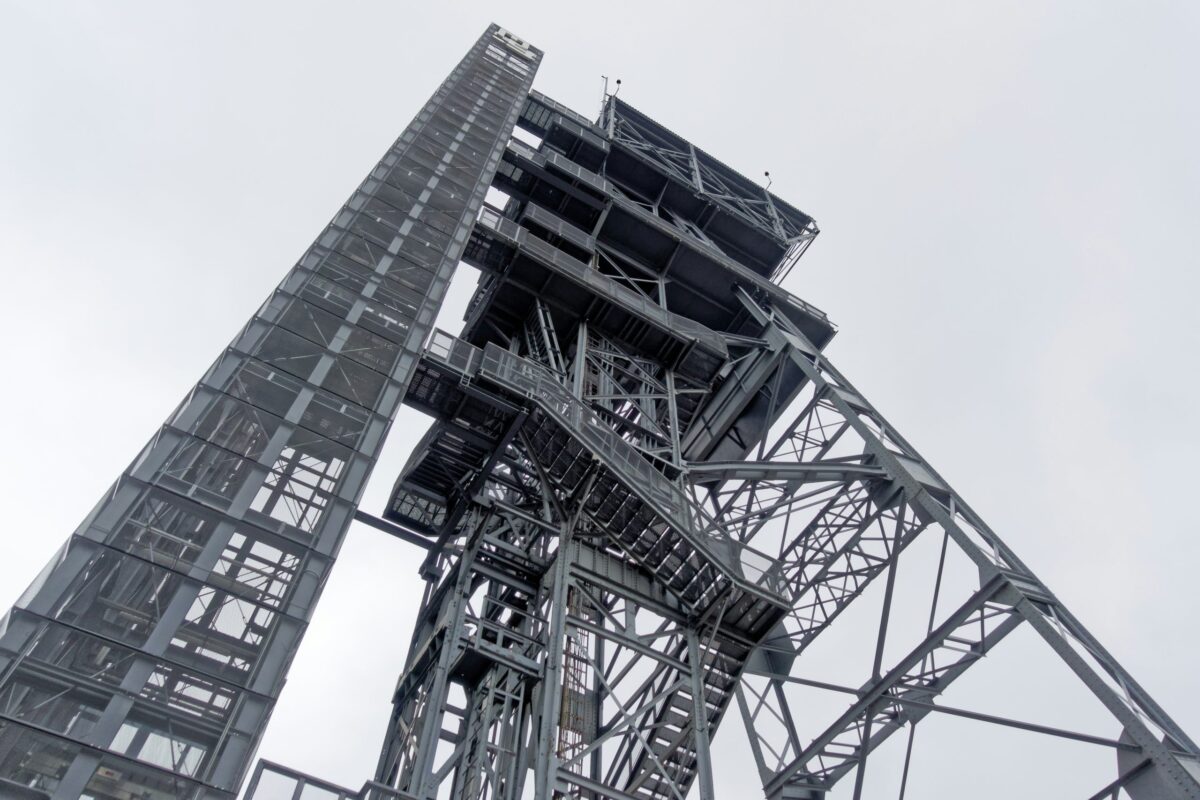In much of Central and Eastern Europe, urban landscapes are often overlooked. Beyond a handful of star attractions—Prague’s fairytale skyline or Kraków’s storied old town—many places fade into a kind of aesthetic obscurity.
Even in a city with undeniable historical significance like Kraków, few venture outside its UNESCO-protected centre to districts like Nowa Huta, which, while historically meaningful, hardly exude the charm that travellers tend to seek.
This leaves a persistent narrative: that the region’s cities are too often utilitarian rather than inspiring.
Yet a quiet renaissance is reshaping this perception. Cities once primarily known for their industry or their communist-era architecture are reinventing themselves.
Poland’s Łódź and Katowice, for example, have emerged as creative hubs, repurposing old factories and mines into art centres, design venues, and cultural hotspots.
“This region was once heavily tied to the mining industry,” says Marcin Krupa, mayor of Katowice.
“It was necessary to find solutions to ensure that the transformation did not come with high social costs. From our experience, the key to successfully implementing a transformation lies in identifying a realistic and achievable idea and consistently pursuing it. When the idea of building a Culture Zone in Katowice was first proposed, there were voices of opposition, but today no one remembers them.”

The Culture Zone is now inextricably associated with Katowice and serves as a flagship for the capital of the Silesian Voivodeship. Moreover, it has not only contributed to the development of Katowice itself but also attracts visitors from across the region and the world, as seen during events like COP 24 or WUF 11.
“It is also important to remember that the economy is a system of interconnected vessels,” adds Krupa. “Hosting major events has made Katowice increasingly recognised globally. More visitors come to us as part of business tourism. One decision—the construction of the Culture Zone—has thus triggered a series of changes. It is essential to view your idea globally.”
Today, Katowice is on the verge of another major investment.
“We aim to build a gaming and technology hub that will be a place for the development of modern technologies connected to the broadly understood esports industry,” says Krupa.
“This is a bold vision that we hope will become another driving force in the city’s history.”
Making a city attractive for investors
It’s a similar story in Łódź, another city which has proven that industrial heritage can lay the foundation for a modern, dynamic future.
“Our success comes from balancing respect for history, engaging citizens, and investing in future-focused infrastructure,” says the city’s mayor, Hanna Zdanowska.
“In Łódź, we do not compete with other cities for investors—our priority is to create comfortable conditions for permanent living in Łódź. By ensuring a high quality of life, we naturally draw businesses and entrepreneurs.
“A key lesson we’ve learned is that revitalisation must be inclusive and comprehensive. The Municipal Revitalisation Programme brought together public and private stakeholders to restore historic buildings, streets, and green spaces while involving residents. This approach preserved the city’s identity and improved residents’ quality of life.”
Reimagining post-industrial spaces has also been crucial. Projects like Manufaktura, Monopolis, and EC-1 are successful examples of mixed-use developments that combine history and innovation, creating vibrant cultural, business, and social centres.

Strategic infrastructure investments, such as the Central Communication Port (CPK), high-speed railway (KDP), and a cross-city tunnel, will meanwhile provide Łódź with better connectivity to key European markets.
“We have also learnt that a city must remain green and liveable. By renaturing rivers, creating parks, and modernising public spaces, we’ve improved both the environment and quality of life,” adds Mayor Zdanowska.
The green transition is about more than reducing carbon emissions
The stories of Łódź and Katowice show that industrial cities can embrace the future without losing their soul. Bulgaria’s Stara Zagora is another city which sees opportunities in its own reinvention and transformation.
Long an industrial powerhouse, Stara Zagora is currently undertaking an ambitious journey of reinvention inspired by the transformative stories of Katowice and Łódź. In line with global trends in sustainability, creativity, and economic diversification, Stara Zagora is redefining its role as a regional leader in innovation and renewal.
The city is developing a sustainable entrepreneurial ecosystem to encourage innovation and retain young talent in the region, while providing alternative opportunities for employment creation.
It is also establishing industrial zones to attract high-value-added industries in the fields of ICT, renewable energy, and infrastructure equipment, and is building green infrastructure and implementing sustainable urban projects to enhance the region’s liveability and environmental resilience.
As part of its commitment to diversification and the green economy, Stara Zagora is transitioning from a coal-dependent economy to one that is carbon-neutral. This shift is creating new opportunities in renewable energy, energy efficiency, and green technologies. But, “our green transition is about more than reducing carbon emissions,” says Zhivko Todorov, mayor of Stara Zagora.

“And the European Union is supporting our efforts. With an allocation of 1.2 billion euros, the EU is supporting a just climate transition for Bulgaria’s coal regions. Among these, the district of Stara Zagora is by far the biggest and most affected by the coal transition.
“EU funding will support the region’s citizens in the transition to a green economy with new job opportunities. the fund will support the diversification of the local economy by investing in small and medium-sized enterprises (SMEs) and in research and development (R&D) related to the circular and climate-neutral economy.”
“Now our goal is a resilient and diversified economy. The district has a strong tradition in engineering and industrial innovation,” he adds.
Heritage and innovation
Indeed, it could be argued that the tradition dates back almost 50 years.
“This tradition is being channeled into emerging sectors like renewable energy and IT, thanks to specialised educational institutions and vocational training centres that ensure a steady supply of skilled professionals.”
“With this blend of strategic planning, robust infrastructure, a skilled workforce, and a commitment to sustainability, Stara Zagora is fast becoming one of Bulgaria’s most attractive investment destinations. We’re creating an environment where businesses can thrive,” says Todorov, “and that’s what makes Stara Zagora stand out.”
Such reinventions may not erase decades of industrial soot, but they do promise a future that intertwines heritage with innovation.
As Katowice’s Culture Zone hums with global events, Łódź polishes its factories into creative showcases, and Stara Zagora races toward a carbon-neutral tomorrow, the lesson is plain: Europe’s erstwhile industrial backwaters are fast turning into its most surprising wellsprings of creativity and growth.







